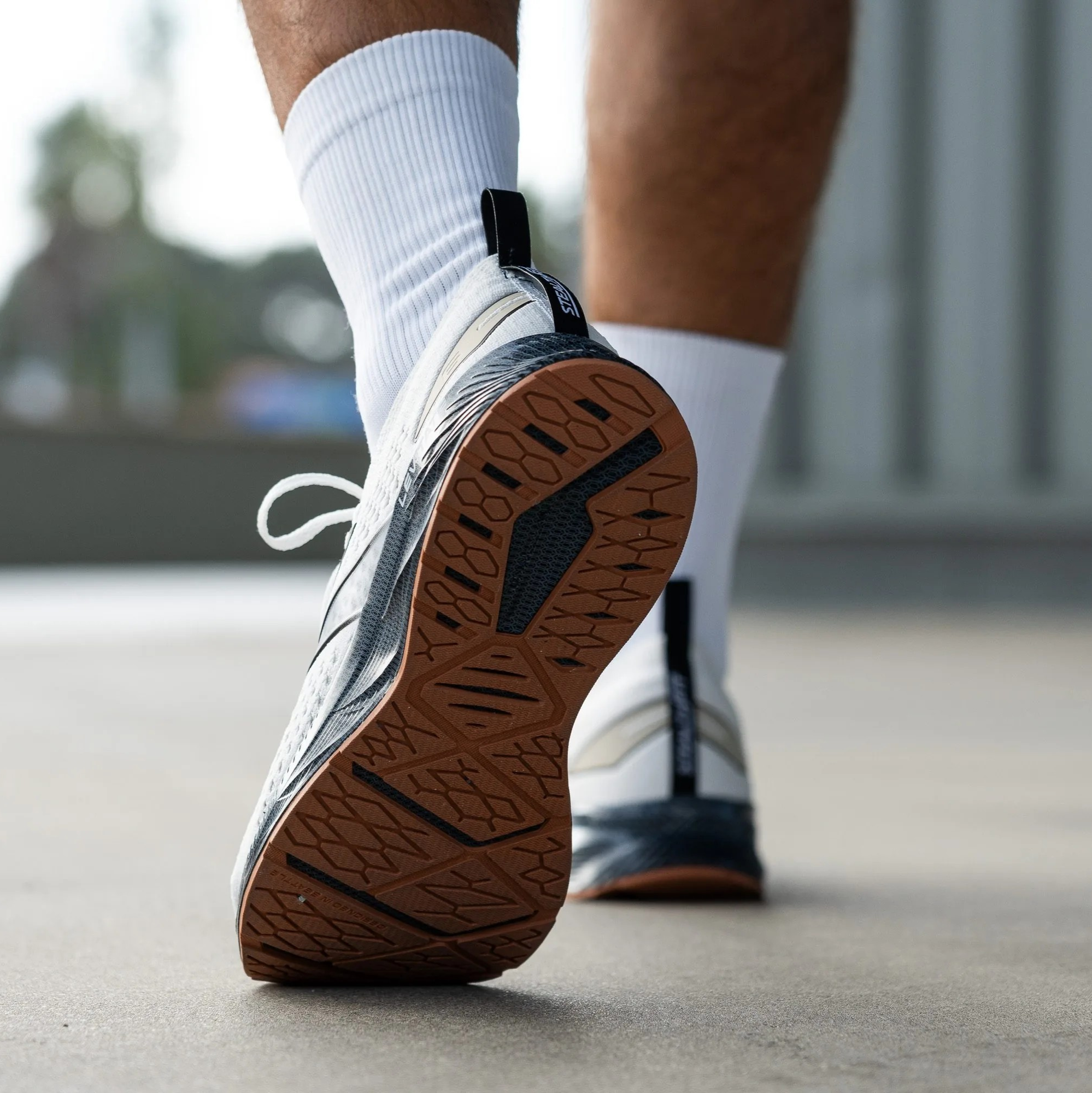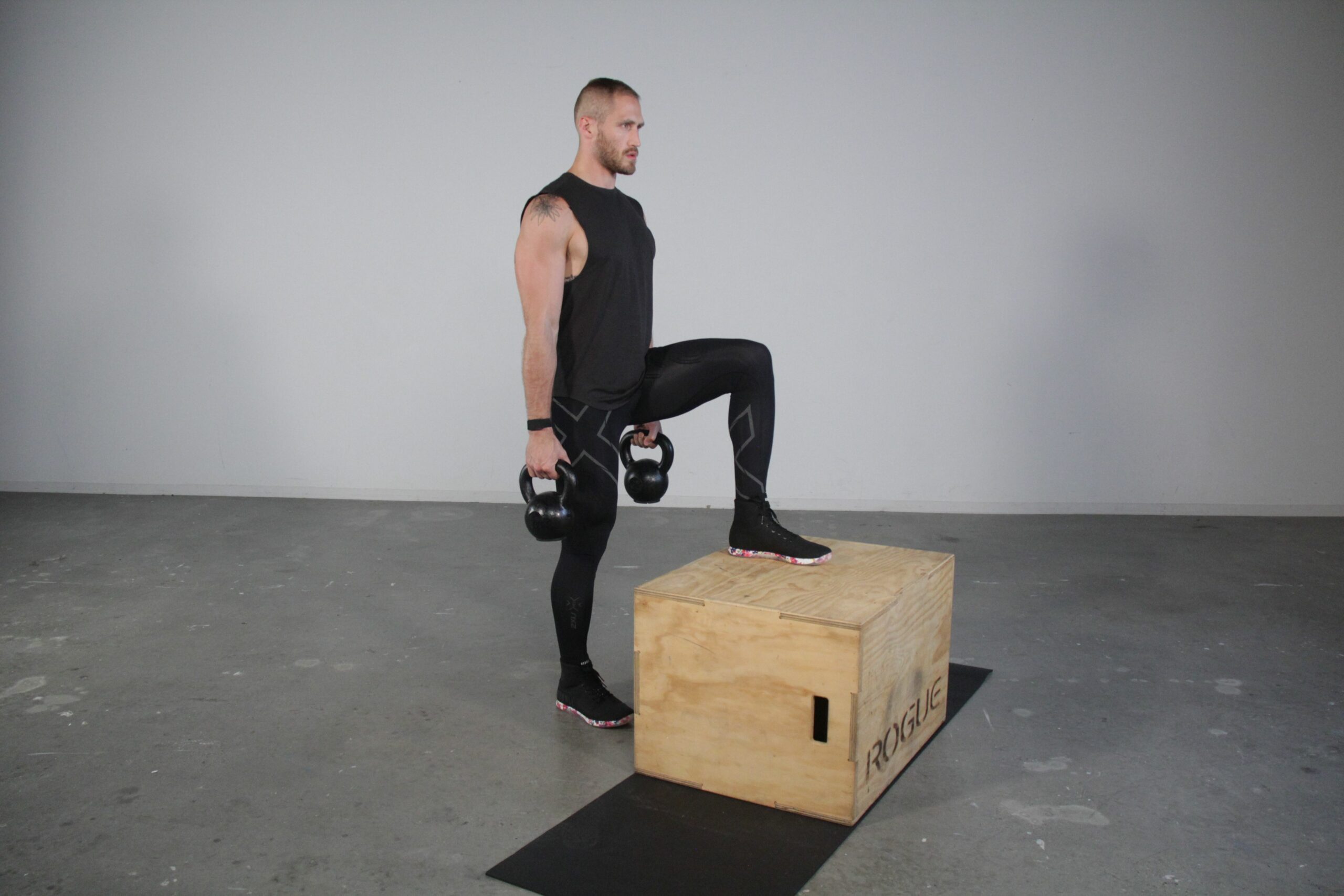Step Up Your Game: Discover the Walking Shoes Trainers and Podiatrists Swear By for Unbeatable Comfort and Performance
Ever caught yourself wondering if your trusty walking shoes have clocked their last mile? It’s funny how we pamper every part of our bodies but often overlook the very things carrying us through those daily steps—our shoes. You’d be surprised how quickly that cushioning turns into a worn-out flat, or how subtle wear on the soles might be silently sabotaging your stride. Trust me, I’ve been there—power-walking through the good days and the “ouch, that hurts” ones, only to realize my shoes were the sneaky culprits. Replacing your walking shoes isn’t just about style; it’s about saving your joints, comfort, and long-term foot health. So, how do you know when it’s time to retire those shoes and treat your feet to something fresh? Let’s dive into the telltale signs that your walking companions have earned their rest. LEARN MORE

How to Know When It’s Time to Replace Walking Shoes
It’s important to replace your walking shoes regularly to ensure adequate support and cushioning, probably more frequently than you think. As a general rule of thumb, it’s recommended to replace walking shoes every 300 to 500 miles (or every 3 to 5 months for those who walk 45 minutes at least 3 times per week).
The specific lifespan of a given shoe depends on a few factors, including frequency and intensity of use, quality of the shoe, and the type of surface you typically walk on. There are a few signs to look out for that may indicate it’s time to replace your shoes:
Visible wear and tear: Check the soles of your shoes for signs of wear, such as thinning or holes. Also, check the upper part of the shoe for any tears or holes.
Reduced cushioning: If your shoes no longer feel as cushioned as they once did, it may be a sign that the midsole has worn down and it’s time to replace them.
Pain or discomfort: If you’re experiencing foot or joint pain when walking, it could be a sign that your shoes are no longer providing adequate support.
Unpleasant odors: Over time, shoes can accumulate moisture and bacteria, which can lead to unpleasant odors. If your shoes have a persistent odor that can’t be eliminated, it may be time to replace them.
Ultimately, it’s important to listen to your body and pay attention to any signs of discomfort or pain when walking. If you notice any of the above signs, it’s a good idea to start looking for a new pair of walking shoes.



















Post Comment